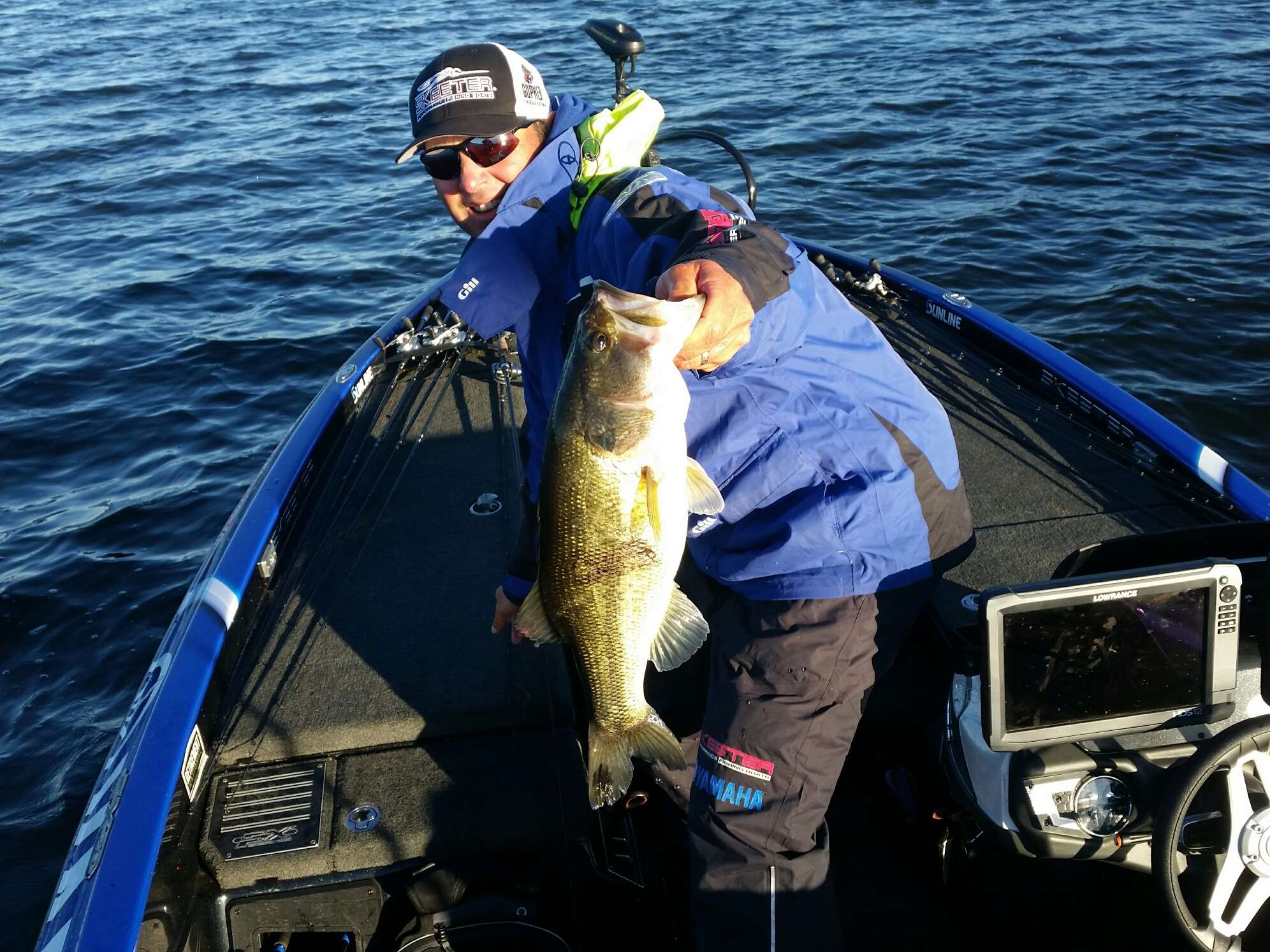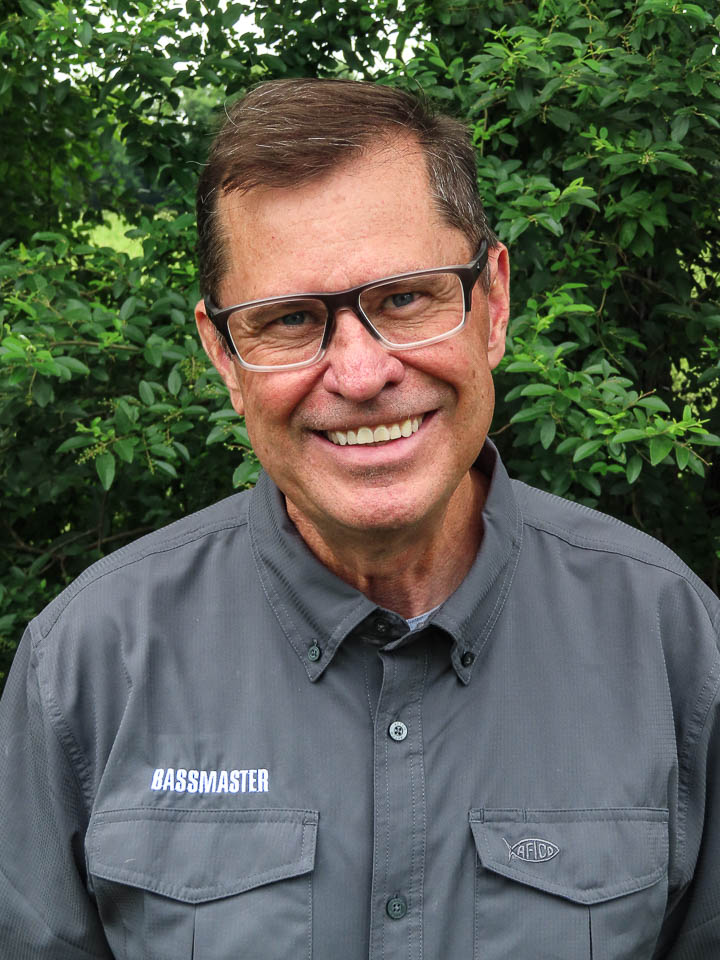
Casual weekenders and serious tournament anglers face the same challenge when it comes to bass fishing: Time is valuable. There never is enough to enjoy the outing or get in enough casts to win or lose.
On massive impoundments the challenge is even greater given their size. There isn’t enough time to cover an entire lake. Such is the case on 188,000-acre Toledo Bend at the Bassmaster Elite on Toledo Bend presented by Econo Lodge.
The bass are in all phases of the spawn. Tracking their daily movements is difficult. Time is limited to the designated tournament hours.
What to do?
Two choices come to mind. Those are fishing areas or dialing into a pattern. The gamble of the first choice is risking everything in one place. Running long distances between areas is the gamble of a pattern.
Here is what the pros are doing this week. You can apply the same theory to your big lake trips, whether for fun or a weekend tournament.
New lake, no problem
For Jacob Wheeler the choice is easy, at least on Toledo Bend. This makes his first tournament on the nation’s fifth largest manmade impoundment. Even so, Wheeler is the Day 1 leader with 25 pounds, 1 ounce.
“This lake is just too big to run from end to end and try to run a pattern,” said the Indiana pro. “You never know what can happen this time of year with weather patterns, the spawning phase.”
On Day 1, Wheeler committed to a general area and tapped into it’s potential with a developing pattern. Should the area go unproductive he will take the pattern elsewhere.
“The main objective is keeping an open mind,” he continued. “What’s not good about relying solely on a pattern is you can start second guessing your decision about staying or leaving an area.”
Committing to an area removes those stay or leave options.
Old lake, narrow the choices
Native Texan Todd Faircloth has fished Toledo Bend since the age of 12. During spawning season he manages his time by committing to an area.
“Big lakes have different waves of fish come into shallow water at different times during the season,” he said. “At no time does the entire bass population move shallow to spawn.”
There is no guarantee which spawning phase the bass will be in a given area.
“Today I caught prespawn and postspawn bass,” he said. “I did that by committing to an area.”
Doing so gave Faircloth the bonus of catching bass coming and going from the spawning beds. Maximizing his time in the same place produced a limit weighing 20-2.
“This is not a lake where you can run around spots and fully rely on a pattern,” he said. “There is too much time spent idling through stump fields and timber flats to reach the best areas.”
The bottom line is finding an area you like and committing to it.
“You can’t second guess yourself,” he added. “Doing so makes you constantly wonder whether or not you are in the right area.”
Choose high target areas
Alton Jones has a limit weighing 18-5 for 10th place. During the spawning season on big lakes he commits to an area, with a twist.
“I like to put together other a run of stops with similar potential to my key area,” he said.
Call it a one-way milk run. On the return trip to weigh-in he can make stops, if needed at the secondary areas, to upgrade his catch.
“It’s hard to run a full pattern this time of year, because migratory fish are so hard to pin down,” he continued.
Jones’ current area offers few options. Only a few lures are on his casting deck. Fewer options make the decision to move easier.
“If it’s not working I know to move to a different area.”
Stress-free zone
Ott DeFoe reduces stress on his mind by committing to an area.
“Committing to an area keeps me focused to fish it really thoroughly,” he said. “Big lakes, especially like Kentucky or Toledo Bend, have so many productive areas.”
Narrowing the choices boosts confidence when the area begins to produce.
“When that happens there are no worries about moving,” he said.
What does DeFoe do when things fall into place in a given area?
“I start expanding on the baits and techniques that work,” he added.
And a pattern is born, but only after committing to the area.

